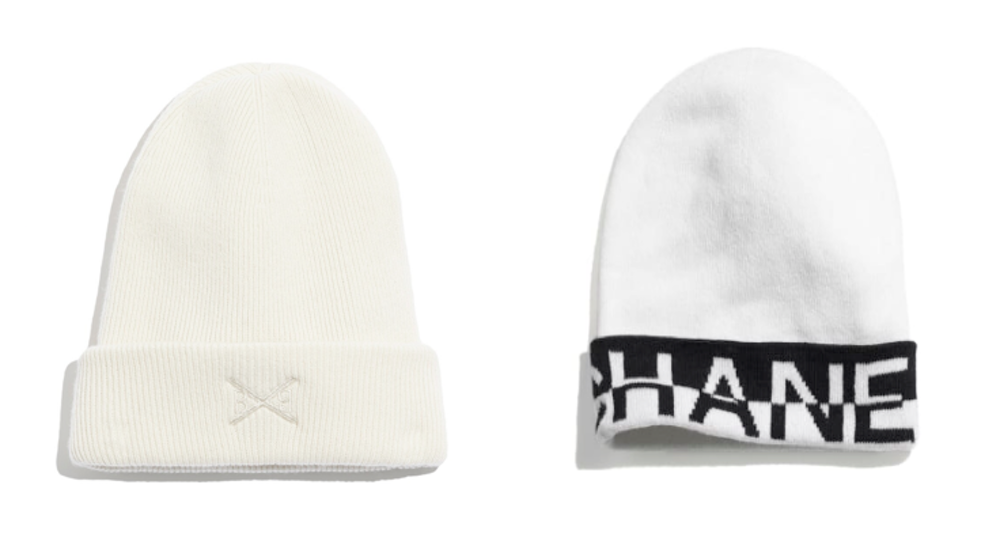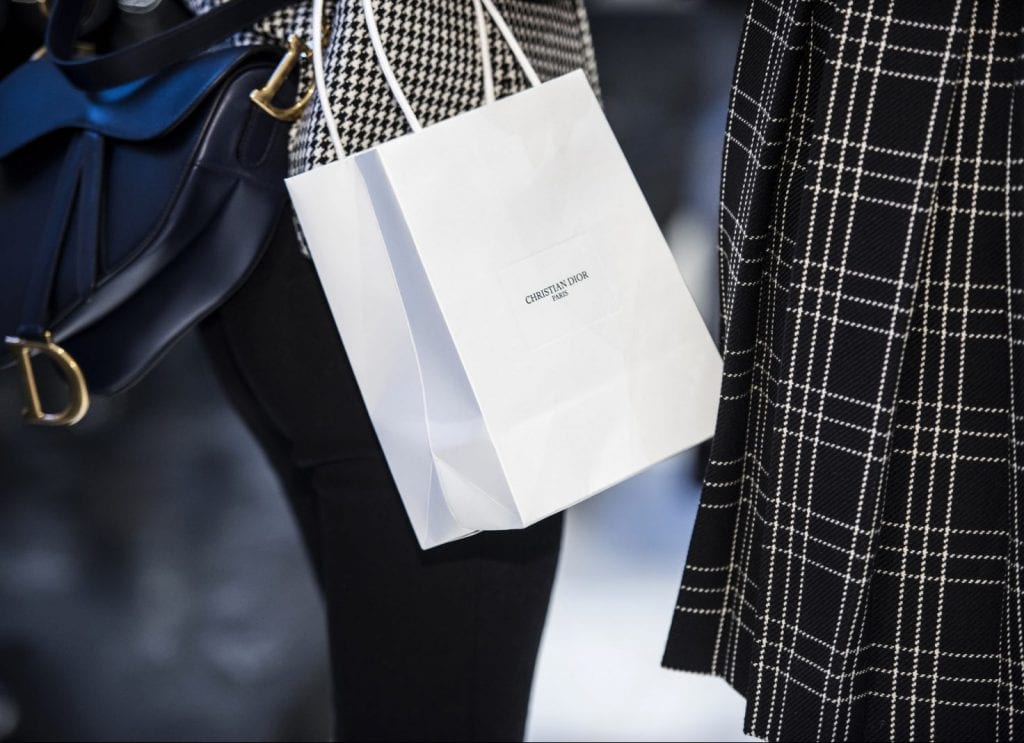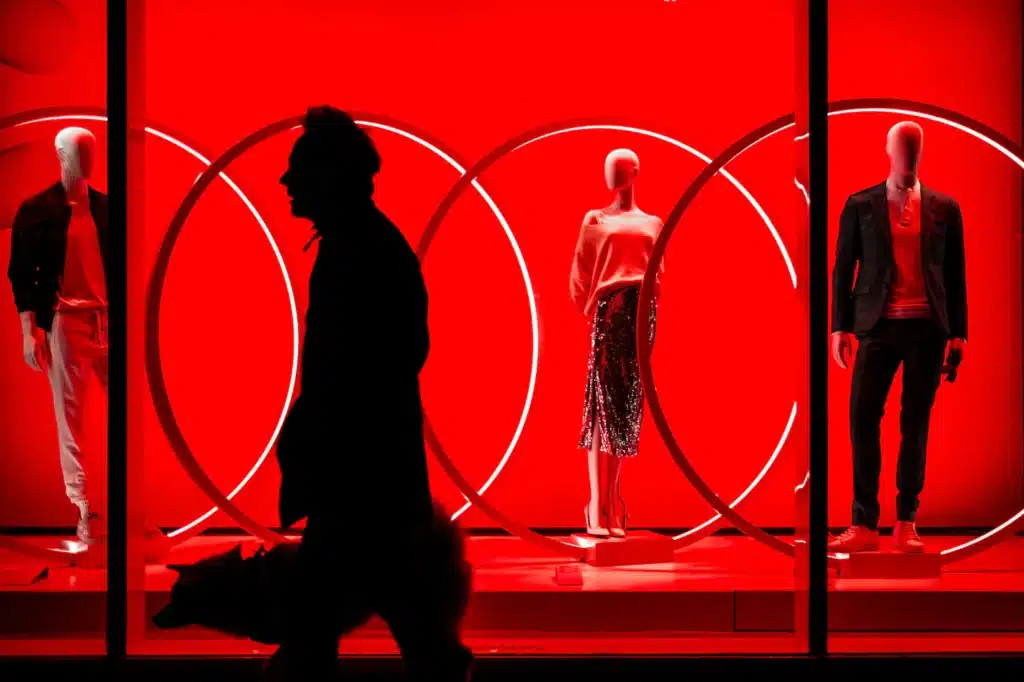The shops of clothing brands are among some of the worst hit from the coronavirus pandemic. Brick and mortar sales for apparel in the United Kingdom, for instance, are still well down on pre-March levels. Some of the biggest players in the mainstream market, such as H&M and Gap, are readily closing stores, and jobs are being lost. Strikingly, luxury brands appear to be weathering the conditions differently.
Certainly, brands in the luxury space have been enduring losses, but we have not seen – and are unlikely to see – much in the way of permanent store closures or huge discounting of products at leading brands such as Louis Vuitton, Chanel, and Hermès. In fact, all three of those brands have raised their prices by a few percentage points over last year. So, why this difference?
Lifting the veil
The issue could well be one of control. Whereas high street retailers do not typically own large parts of their supply chains, the same is not true of luxury brand entities, such as LVMH, Kering, Chanel and Richemont. As these entities have increased their product offerings across their brands over the past 20 years, they have pursued a meticulous strategy of acquiring the companies in their supply chains. In many cases, they now oversee an ecosystem that is virtually self-sufficient. They are able to set their own prices, from raw materials to labor to what customers pay for their products.
The manufacturing and distribution in these supply chains is not much different from the high street fashion chains. Though the overall production costs may be higher and quality better, the economics work on similar principles: the cheaper the production, labor and raw materials, the higher the potential margins and profit.
With that in mind, one important difference is in how the luxury groups justify the value of their goods to their customers. These brands put a lot of emphasis on heritage. They typically date back more than a century – Louis Vuitton founded in 1854, Kering’s Boucheron in 1893, Richemont’s Cartier in 1847 and Chanel in 1910. The underlying premise has always been that the goods under these brands are luxury as defined by craftsmanship and the raw materials. These ideas continue to add value to the brands – especially where pricing is concerned – and mark ups have reportedly been up to 20 times the cost.
Yet while customers are told about the manufacturing process through the companies’ marketing campaigns, sometimes they only get part of the story. For instance, Louis Vuitton, which is owned by LVMH, had a 2010 advertisement banned by the UK Advertising Standards Authority for suggesting that bags were hand-stitched when the company would not say how much of the work was done by hand.
When we see into the manufacturing processes, in some instances it can raise questions about the sales pitch. For example, Chanel’s supply chain acquisitions have included Barrie Knitwear of Hawick in the Scottish borders. Barrie – which was snapped up by Chanel in 2012 – now makes high-quality knitwear both under its own name and for Chanel: a cashmere beanie under the Barrie label retails at just over £200, whereas a relatively similar one that is branded as Chanel goes for £375. (I know from having visited the Barrie factory that the raw materials and production methods are the same. This not a question of quality, simply cost).

In some cases, production costs are low. Take Louis Vuitton’s Texas factory, which produces the iconic coated canvas bags, accessories and luggage featuring the LV logo that have come to define the brand. This is no artisan studio, but a factory more conducive to mass production. The starting salary for workers was reportedly $13 per hour in 2019. Similarly, Louis Vuitton has used a shoe factory in Romania in recent years, where the labor costs could be expected to be cheaper than in western Europe. All but the soles are produced in Romania, handmade in large quantities. The products are then finished in France or Italy, and as a result, legally permitted to bear “Made in Italy” and “Made in France” labels.
In addition to mass production and low wages, bulk buying of raw materials also significantly reduces costs – just like for your average high street retailer. It is no wonder these companies achieve profit margins that are among the highest in the corporate world.
Stock options
One challenge for luxury conglomerates has always been how to cope with unsold stock. Burberry disclosed in 2018 that it had burned £105 million ($137 million) worth of stock over five years to protect the image of its brand, for instance, but said that it would stop doing so. Cartier, meanwhile, reportedly dismantled £400 million ($522 million) worth of watches it did not want to sell at a discount over a period of two years.
The French government has introduced a wide-ranging anti-waste law banning “designer clothes and luxury goods companies from destroying unsold or returned items.” This will come into effect in 2023. Yet in an apparent contradiction, luxury brands will in effect be spared, on the basis of protecting their valuable intellectual property rights, namely, their trademark-protected names and logos.
A new answer that looks to be catching on is to supply online retailers dedicated to second-hand luxuries – Gucci’s recent supply deal with The RealReal is one example. Such deals will potentially give these groups even more control over their operation, and able them to resell products without discounting – sometimes even increasing prices as “vintage” often sells for more than new.
In general, however, in an era of increasing customer interest in the production of goods, luxury brands would be sensible to be as open as possible. Not only would this force change in an industry that carefully guards its secrecy, it would increase consumers’ understanding of what luxury really is.
A spokeswoman for Chanel said that prior to its acquisition of Barrie in 2012, the two companies had been working together for over 25 years. “Through this acquisition, we have reaffirmed our commitment to traditional know-how and craftsmanship, thus ensuring the preservation of a historic brand and our desire to support their development. “Like all the métiers d’art supported by Chanel, Barrie works with other leading fashion names. The creation of the Barrie brand in 2015 has reinforced this commitment, by allowing the offer of very specific products, with their own identity and price positioning.”
Louis Vuitton did not respond in time for publication.
Shaun Borstrock is the Associate Dean Business, Innovation and Projects, Head of Design and the Design Research Group / Digital Hack Lab in the School of Creative Arts at the University of Hertfordshire.











